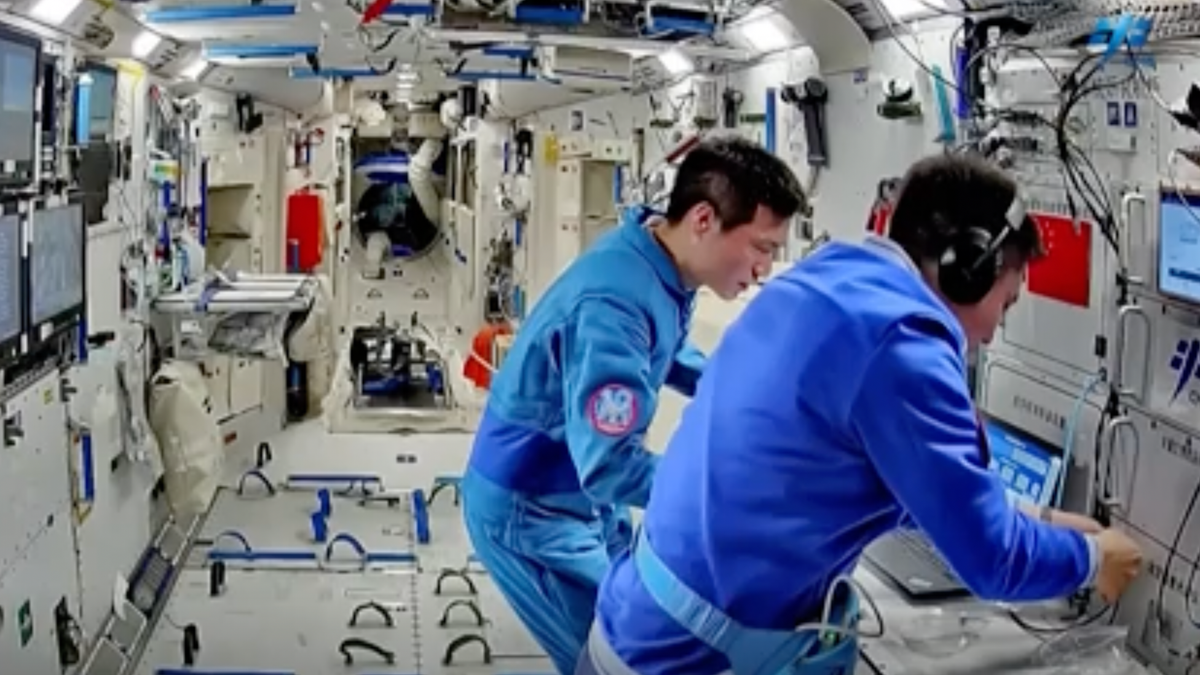Chinese astronauts on the Tiangong space station are experimenting with archaea. These ancient microorganisms originated in the early days of Earth, and scientists suspect they could have survived in space.

Archaea on board the Tiangong
Astronauts from China’s Shenzhou-18 mission are now on the Tiangong space station studying ancient microorganisms among other experiments. More precisely, we’re talking about archaea, tiny anaerobic creatures that secrete methane.
Archaea appeared at the dawn of life on Earth, when there was almost no oxygen in the atmosphere and streams of harsh radiation fell on its surface. That’s why scientists believe they could have survived in space. At least Mars, which was then not much different from Earth, could have been their home.
Actually, Ye Guangfu and his colleagues Li Cong and Li Guangsu are now experimenting with changing the conditions of existence to harsher than prevailing on Earth. The container with the archaea arrived at the station aboard the Tianzhou 7 cargo spacecraft. First, it was placed on a special centrifuge, and now it has come to experimenting with it.
Experiments with archaea and more
Not only Chinese are interested in archaea in space. A similar experiment was conducted on the ISS. Everyone is eager to find out whether it is worth searching for life on Mars.
Meanwhile, there are not only biological experiments being conducted at Tiangong, but also physical experiments. Astronauts explore the properties of liquids, combustion of substances in closed containers, and many other things. In general, life on Tiangong is very similar to what happens on the ISS.
China completed its station construction back in 2022, and astronauts have been permanently stationed there ever since. The PRC plans to make Tiangong a significant scientific center and is trying its best to involve foreigners in its research programs.
According to www.space.com


